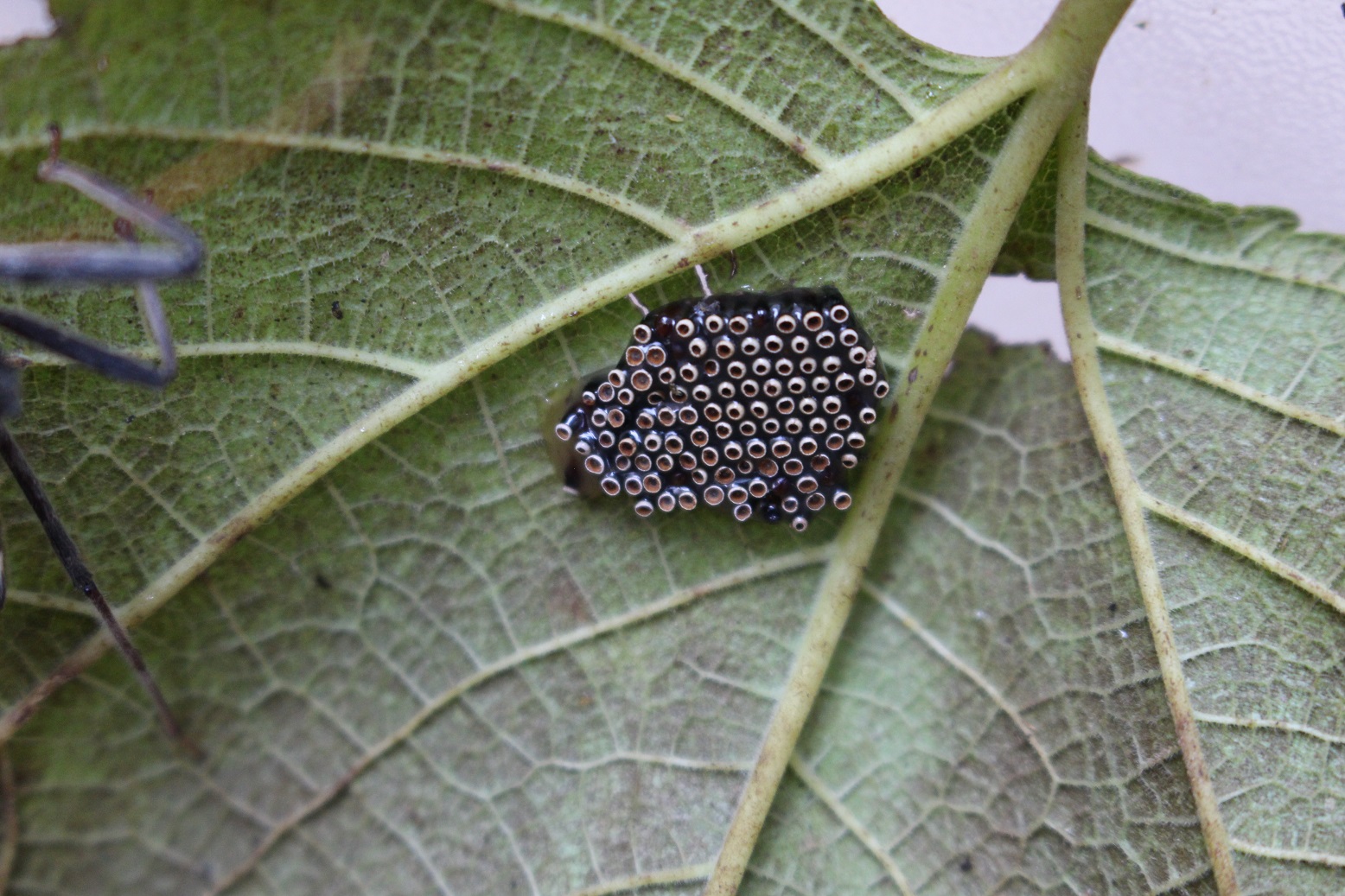Bug Parasite That Lays Eggs In Other Bugs. Web egg parasitoids have been used successfully as inundative or augmentative biological control agents against a wide range of agricultural pests; Web ladybug horror the wasps' parasitical ways have been long noticed, and they aren't unique in the insect world.

The spider wasps exclusively attack spiders. Gigantea is aherynotokous (females emerge from fertilized eggs males from unfertilized eggs). Web parasitic wasp larvae eat host from inside out.
Eggs Eaten By The Correct Host Insect Then Hatch In The Host’s Gut.
Web scabies 3 /15 a mite that digs into your body and lays eggs causes this condition. Web egg parasitoids have been used successfully as inundative or augmentative biological control agents against a wide range of agricultural pests; Web some bugs and parasites spend part of their life cycles in nice, warm human bodies.
Figure 3 A), Such As Egg.
The wasp’s mature larvae overwinter in the beetle’s cocoons an. Web parasitoid wasps lay their eggs on or inside other insects and arthropods, and the larvae eat their way out when they hatch. Web given that most agricultural pests are insects and most pest insects are targeted by at least one parasitic wasp (there are an estimated 750,000 parasitic wasp species), this gives a legion of.
Different Species Specialise In Hosts From Different Insect Orders, Most Often Lepidoptera, Though Some Select Beetles, Flies, Or Bugs;
Web tetrastichus julis is a parasitoid wasp that attacks the cereal leaf beetle, oulema melanopus. They can be transported to the oviposition sites by mounting the adult stink bugs (aldrich, 1988). On the other hand, l.
Web It Uses A Long Ovipositor To Pierce The Gall And Lay Its Egg In The Fly’s Chamber.
Hesperus lays solitary eggs inserted into the plant and a. Web in summary, our analysis of possible factors that lead to escape from egg parasitoids reveals astonishing adaptations of species from these insect orders, whose eggs are heavily parasitized (lepidoptera, hemiptera [except in the sternorrhyncha] and coleoptera) (electronic supplementary material, table s1; Parasitoid wasps are a large group of wasps that need to lay their eggs inside other insects to complete their lifecycle.
The Parasitic Wasp Hymenoepimecis Argyraphaga, For Example, Lays Its Eggs In The.
Symptoms include itching at night, a pimply. Sure, their stingers are scary, but it’s their parasitizing practices that really send a shiver down the exoskeleton. The success of attack is dependent on the thickness of the gall wall and on the parasitoid’s ovipositor length.